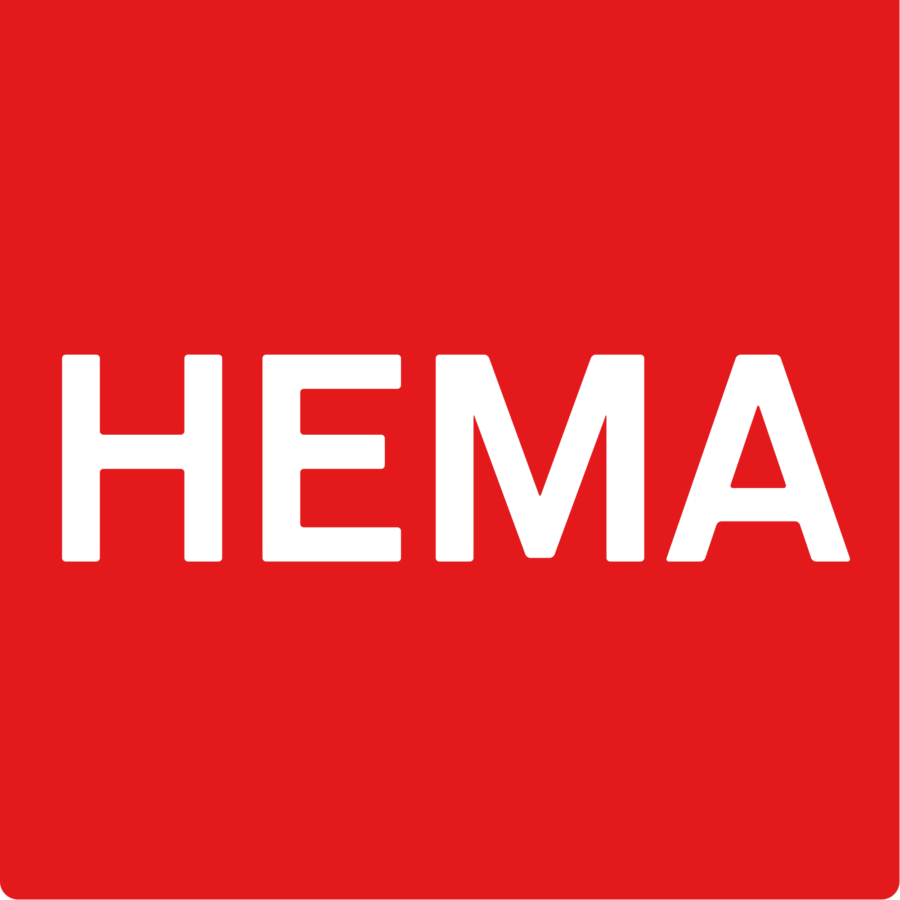
Towards an unforgettable consumer experience
Smoked sausages, women’s clothing and Takkie the Jip and Janneke dog. Although HEMA is still an incredibly strong brand, a changing market requires a fresh approach. A data-driven and omnichannel retail approach in particular is turning the tide.
‘Over time, other parties started to enjoy pieces of the HEMA pie’
Bas Karsemeijer, head of data and analytics, and Marcus Azevedo, Solution Architect at HEMA, tell us all about their new approach. HEMA’s goal is to become number one in the field of omnichannel retail. How they aim to achieve this goal, they explain during Club Cloud, a 12-hour live stream focusing on tech company presentations.

HEMA has been around for almost a hundred years and has 775 stores and 19,000 employees spread over 11 countries. The brand is extremely strong, but the consumer has changed in recent years and HEMA has faced more competition, including from China.


“Think of AliBaba.com, but also local retail chains such as Blokker and Zeeman, for example”, says Karsemeijer. “These are companies that previously had little effect on us. However, over time, other parties started to enjoy pieces of the HEMA pie, and nobody did anything about it.”
“Researching this data proved to be a gold mine”
Gold Mine
To achieve the new goal – becoming number one in the field of omnichannel retail – HEMA first started listening to the consumer, for example by analyzing product reviews. “Researching this data proved to be a gold mine”, says Karsemeijer. “The information is extremely valuable.”
It took some time before Karsemeijer was able to view all the data, however. When he joined HEMA in 2017 as head of data in the marketing department, he was unable to view the data. At the time, data was only used for reporting. Fortunately, things have changed and data is now also used to directly improve HEMA’s market position. Karsemeijer: “Data has been democratized and is now also available for the rest of the company. We now use data to further improve and simplify the lives of our consumers.”
“Data has been democratized and is now also available for the rest of the company. We now use data to further improve and simplify the lives of our consumers.”
Data candy
A data-driven approach requires connecting different channels. This includes: consumers, four websites, online advertisements, customer service and email. All this data about consumers is stored in one place. The data is also used to select potentially interesting products and offers for consumers. These insights are always available in the so-called data consultation layer (DCL). “We also refer to it as Data Candy Land”, says Karsemeijer excitedly.

Tailor-made Database in the Cloud
Beyond the Toddler Phase
The question is how consumers experience the effort that HEMA puts into making their lives easier. “Thanks to the Data Candy Land, HEMA understands exactly who their consumers are”, explains Karsemeijer. “Customer service can now easily answer a telephone question about the delivery of an online order, for example. Furthermore, HEMA tries to understand what consumers want. We do this online, by email and also in our stores. Sometimes it’s not that difficult to understand what the consumer wants, because once the toddler phase ends, the next phase of slightly more mature children starts.”
Personalized Stores
HEMA’s new personalized approach is also reflected in the stores. Every HEMA store looks different. The aim is to make customers feel like it is their very own HEMA store, with exactly the products they need.

The Result
Although feedback from consumers who visit (online) stores is important when it comes to analyzing the success of HEMA’s new approach, the Net Promoter Score (NPS) is also a good indicator. Compared to 2019, the NPS increased by 13 percent in 2020. The following year, the NPS grew by another 11 percent. Karsemeijer: “At HEMA, an abstract concept such as NPS can actually be expressed in terms of money. In 2020, the increased NPS resulted in an extra turnover of 25 million euros.’’



